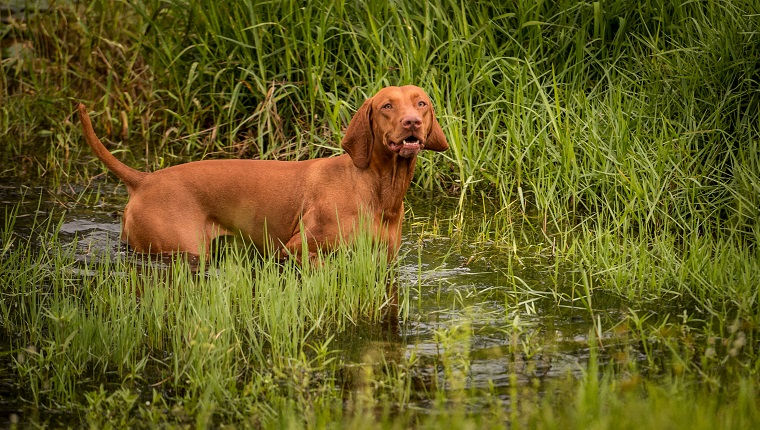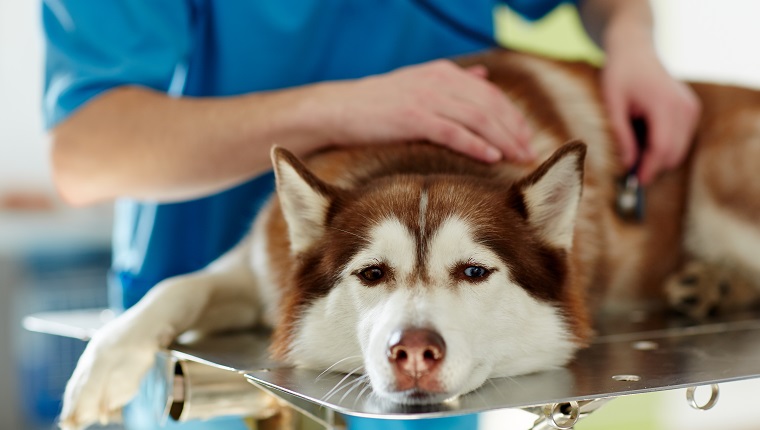Blastomycosis in dogs is fungal infection that tends to cause health issues in different areas of a dog’s body depending on infection site. The fungus usually enters through a dog’s respiratory system and causes issues like shortness of breath, exercise intolerance, and wheezing.
The disease-causing fungus, Blastomyces dermatitidis, can also be transmitted via open wounds. It’s often found in sandy soil and near bodies of water.
Although researchers have not been able to isolate the fungus, many cases of blastomycosis have come from Mid-Atlantic states, areas near the Ohio River Valley, and southern parts of Canada.
If you suspect your dog has an infection, then you must contact your veterinarian immediately to find a course of treatment. If left untreated, the fungus can infect other parts of the body and cause a host of issues and can even be lethal.
Here’s what you should know about the symptoms, causes, and treatments for blastomycosis in dogs.
Symptoms Of Blastomycosis In Dogs
After a dog inhales the fungal spores that cause blastomycosis, they settle into the lungs and begin to replicate, leading to many further health issues for your dog.
Common early symptoms of blastomycosis in dogs include:
- Fever
- Lethargy
- Breathing issues
- Hacking coughs
- Depression
Infected dogs also often have legions around the nose, which may be oozing or wet in appearance.
If left untreated, the infection may travel to other parts of your dog’s body, causing site-specific issues. The fungal disease can travel to one site or several.
Here are some of the symptoms that may appear depending on which part of the body becomes infected:
- Bones: causes lameless
- Skin: easy brusing, lesions
- Lymph nodes: swollen and tender
- Brain: head twitching, tilts, and seizures
- Eyes: inflammation, irritation, sudden blindness
Causes Of Blastomycosis In Dogs

Blastomycosis in dogs is caused by fungal mold spores found in certain areas, often near bodies of water in the Southeastern United States.
The fungal mold Blastomyces dermatitidis releases tiny spores, which are then inhaled.
This is why the infection most often affects your dog’s respiratory system; although, it can spread elsewhere and prove fatal if left untreated.
Treatments For Blastomycosis In Dogs
Early treatment is vital when it comes to blastomycosis in dogs. To confirm whether or not your dog has an infection, your veterinarian will do a blood test and biopsy to correctly identify the organism.
Once confirmed, your vet will likely recommend a round of anti-fungal treatment, typically itraconazole or fluconazole.
Roughly 75 percent of dogs recover from blastomycosis when quickly treated with anti-fungal medication, but relapse is possible. If your dog has suffered from an infection, be sure to check in with your vet regularly to make sure your dog is happy and healthy.
Have you ever had to treat your dog for a fungal infection like blastomycosis? Are you careful about letting your dog play near bodies of water? Then let us know in the comments.









